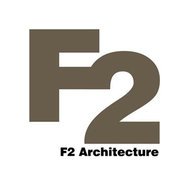Jackson Clements Burrows

Jackson Clements Burrows Architects (JCB) undertake projects of every type, size and scale. We work collaboratively with our clients to explore site specific solutions to ensure every project is unique to its own circumstances and the product of environmentally responsible design strategies. Our team of 40+ architects and interior designers has an extensive and diverse range of experience. JCB has received numerous AIA and industry awards for an extensive portfolio of innovative and exceptional residential, commercial, institutional, interior and urban-design projects, including commissions throughout Australia, Spain, Thailand and New Zealand.
Driving directions to Jackson Clements Burrows on map
Jackson Clements Burrows on Google Maps
Projects:
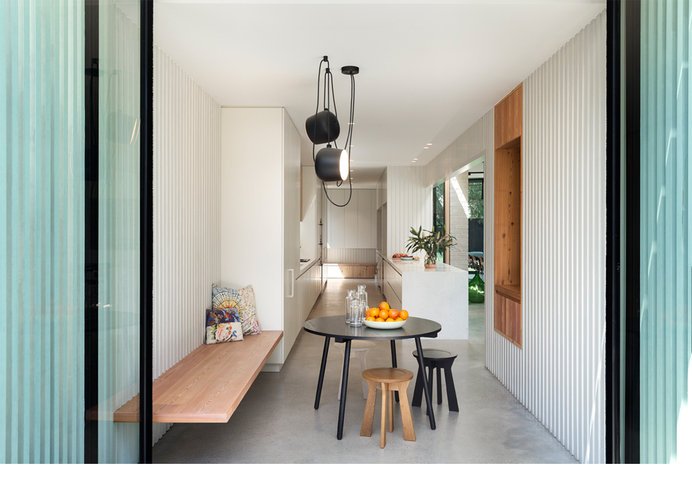
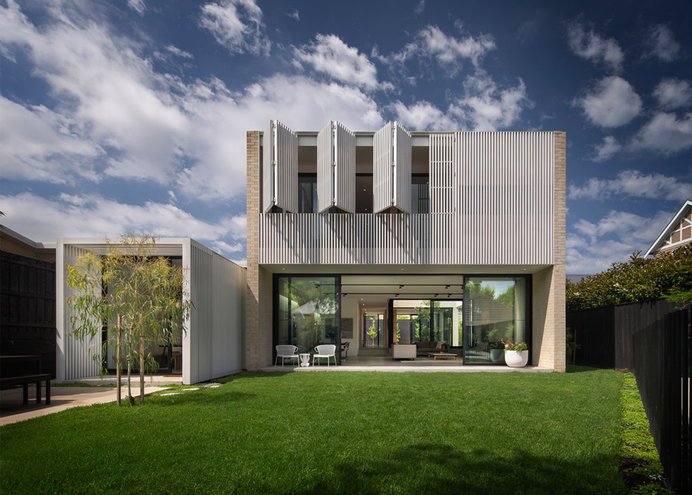
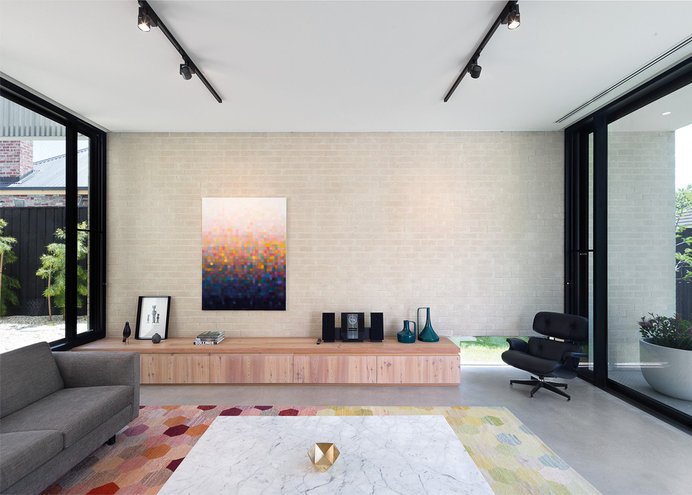
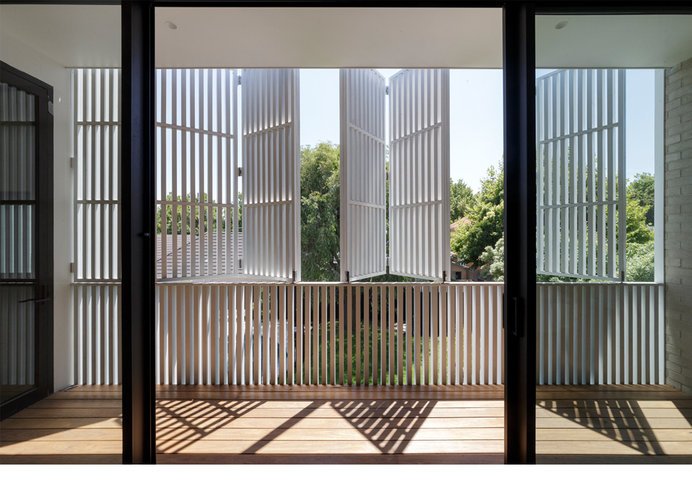
Hiding House
Melbourne, 2014
Our client’s brief was to create a simple, robust and durable home to accommodate a young family and their evolving needs within a garden setting. Hiding House is located on a former tennis court site, nestled within the middle of a typical suburban block. The planning was based on a desire for tranquillity and seclusion from the street while also balancing amenity and privacy from the 11 neighbours surrounding the site. Key to the success of the design was the inter-linking of house and landscape to create the sense of living within a hidden garden. Bedrooms are located on the upper level of the house and have operable shutters to ensure privacy and also controlled views and outlook to the surrounding landscape. Off-white concrete bricks, concrete floors, white stained cladding and naturally oiled timber were chosen with the desire to create a generous home – one that would maximize space, light and comfort with minimal long term maintenance. Hiding House uses natural material choices, a limited colour palette and inter-linked garden spaces which combine to create a calming backdrop and engaging living experience for the occupants.


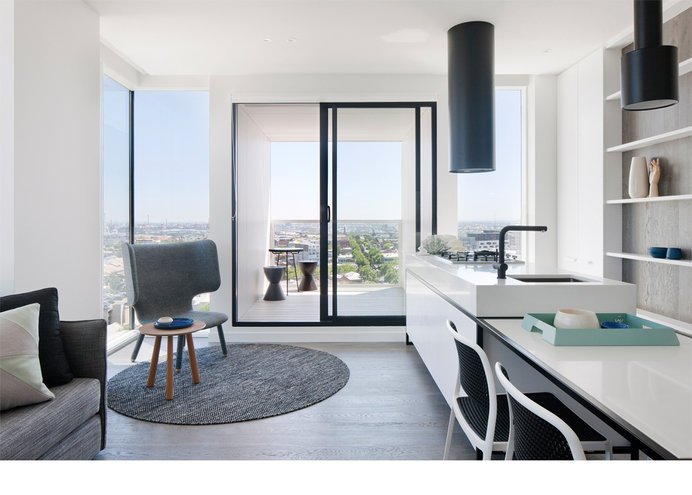
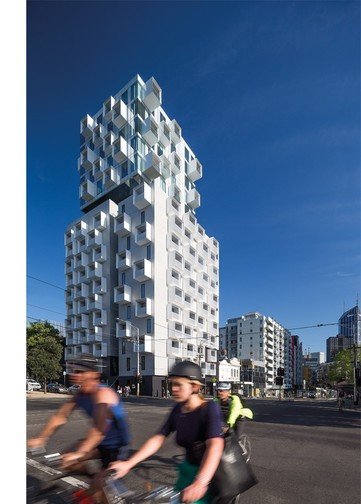
Upper House
Carlton, 2014
Upper House is a 17 storey building with 110 apartments, 2 commercial tenancies and a social program that participates with the urban context in a new and positive way. The unique composition of the building is conceived with the communal space at the heart of the building on Level 11, above which the upper levels float like a cloud. Level 11 is central to the project as an amenity which includes lounge, gym, dining space and green roofscape, but also as a design principle that acknowledges sustainability is both social and environmental. Apartments have been decorated in restful neutrals, allowing visual impact and accents to be tailored by each resident to their own personal style. Generous balconies and extensive view lines create an expanded horizon and generosity of space. Across the upper and lower facades are a scattering of balconies and windows that tie them aesthetically with an engaging three dimensional quality.
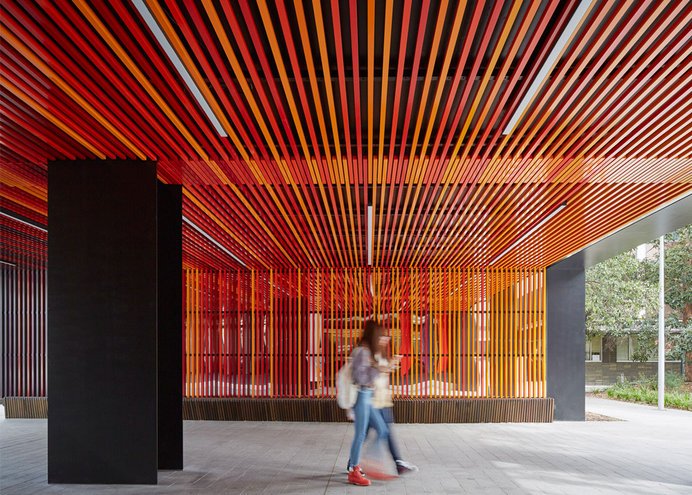
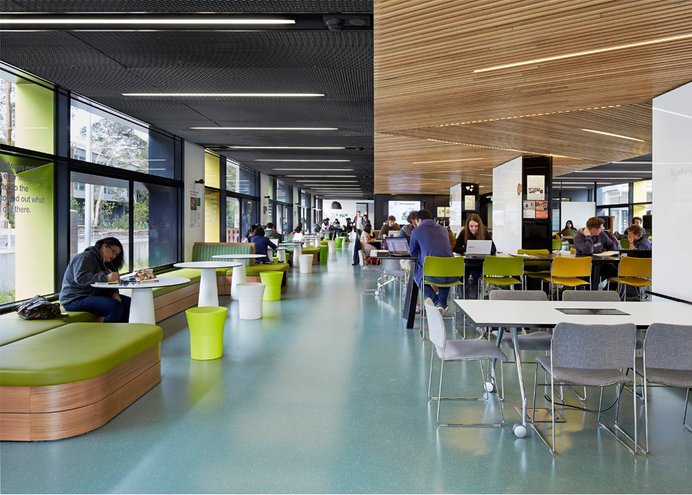
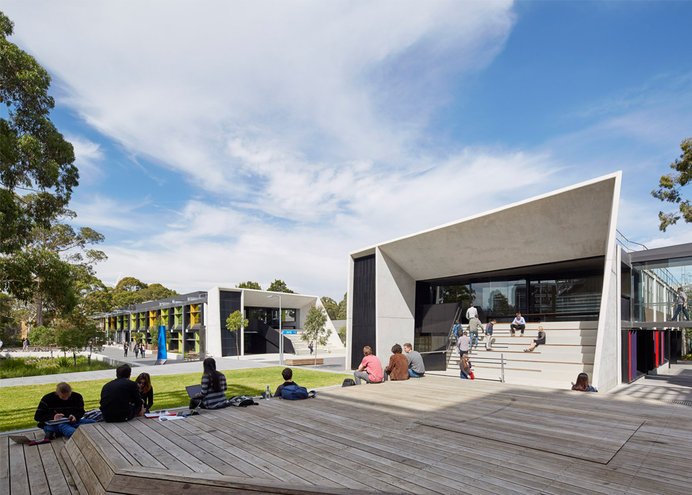
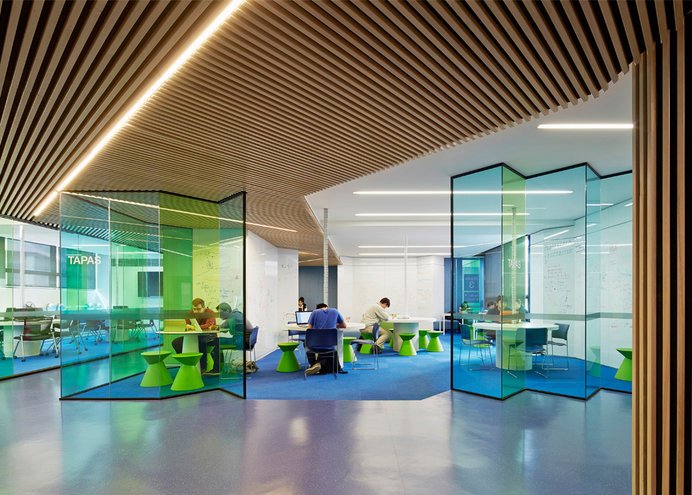
Monash University Science Faculty
Clayton Campus, 2014
The redevelopment of three brown 1980s buildings at Monash University’s Clayton Campus draws upon colour and form to reinvigorate the tired campus and also activate new pedestrian connections. New informal and engaging learning spaces have been inserted within the three Science buildings to deinstitutionalise the interior spaces and creates a sense of identity. New pedestrian walks encourage participation and create and engaging public realm. On the exterior, new facades were developed as a colourful ‘kit of parts’ to address solar shading, building identity and transparency.






